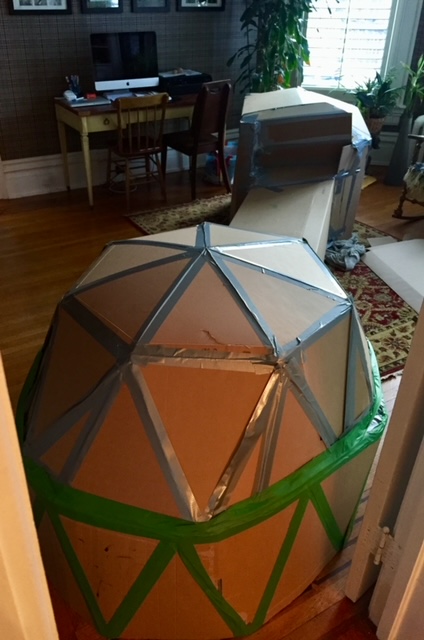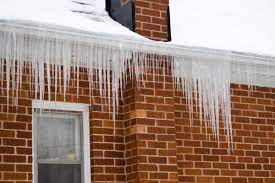Uprooting your kids from the place they’ve called home, and perhaps their school and friend group can be as heartbreaking as it is exciting. The very act of moving disrupts the regular routine and flow of your families life. Reducing moving stress helps kids adjust to the transition and even look forward to the change.
The best way to minimize the stress of moving with kids is to look for possible stressors and make a plan for how to address them. Here are some tips to help your move with kids run smoothly.

1. Get your kids involved in the moving process
Try to involve kids in the moving process as much as possible. Having your child feel part of the process can make a difference in your child’s feelings towards their new home.
There are a few ways you can do this. The kids can help you run a yard sale, give their top three choices for repainting the walls of the living room, or even help you narrow down the homes you’re considering. If you have little ones, there are tons of creative ways to repurpose packing material and create moving-day entertainment, think: a moving-box fort!



Alternatively, let the kids pack a few of their own boxes. As an extra tip, try customizing moving box labels with your kids’ names written on them, and let them decorate their boxes with stickers — they’ll love it!
2. Use your time wisely
In some cases, you may have months to prepare for your move, but in other cases, you may have a matter of weeks. If you have the time, use it to your advantage. Prepare the kids for the move by giving them as much information about your new home as possible, such as pictures of what their new bedroom will look like, where they’ll go to school (even try and schedule a school tour with their new principal), or photos of the local playground they’ll visit.
If you’re moving on a short schedule or long distance, use the time at your old home to make a plan with your child about all the steps of the moving process. They may have questions about what will happen and you can assure them of all of the exciting elements of moving into a new home.
3. Visit your new neighbourhood
Not all families will have the luxury of visiting their new neighbourhood with their kids before moving day. If you can, plan on taking a walking tour of your new neighbourhood, the downtown area, or their new school.
Before you visit, find out what kids-oriented activities are happening during your visit. A visit to the local park may help open their eyes to the new neighbourhood. Moving with your kids doesn’t have to be a surprise event.
4. Find ways to say goodbye
Between your child’s final day at their old school, moving to a new neighborhood, and making new friends, there’s a lot to fear about the move. Hosting a goodbye party will help give them some closure as they leave their friends and old home. Host a party at your old home as a celebration of the time your family spent there and invite the neighbors. Alternatively, hold the party in your new home as a grand welcome to your new space and invite your new neighbors.
Alternatively, for older kids, setting up a email address that they can use to connect with old friends can be reassuring. Using FaceTime to show off their new home, or connecting with a buddy over online games can be a helpful way of making goodbye not feel like forever.
5. Minimize change upon arrival
Particularly if you’re moving with young kids, minimizing change is essential. You may be moving to a new house or even a new province, but you can keep things familiar by setting up their bedroom furniture in the same arrangement or maintaining the same morning routines. Try to preserve any traditions you held in your old home, like Saturday family movie nights or Sunday morning brunch. This will help ease the transition.
You won’t be able to keep everything the same, but the little pieces you preserve in the transition can make a world of difference.
6. Pack a “Moving-Day” Bag
Your children probably won’t want to be separated for the next week from their favourite stuffy or Nintendo switch, so make sure that they pack a bag in advance of the move. Explain that it may take a week or two for all of the moving boxes to be unpacked, so they should keep everything that they want close by in their “moving-day” bag.
You can even pack them a special moving-day bag as a surprise with snacks for the trip and a game or toy for when they arrive.

7. Pack the kids bedroom last and unpack it first
Setting up your kids’ rooms is a crucial first-day goal. Creating a comfortable safe haven can alleviate stress and give your kids a base to hang out in during the chaos of unpacking boxes in other areas of the home.
Every kid will react differently to moving. Be patient. Some kids may yell and scream, some may go quiet and be hurting without you knowing. You may get frustrated with their reactions to moving but try to listen for the feelings behind the words/actions and empathize or share your ambivalence. Sharing how your feeling can help kids understand the feelings that they are experiencing. Try saying things like “I’m excited to move, but I’ll really miss our neighbours”. Hearing what you’re going through can help them put their own feelings into words.
For more tips on moving with kids, check out these great articles:


